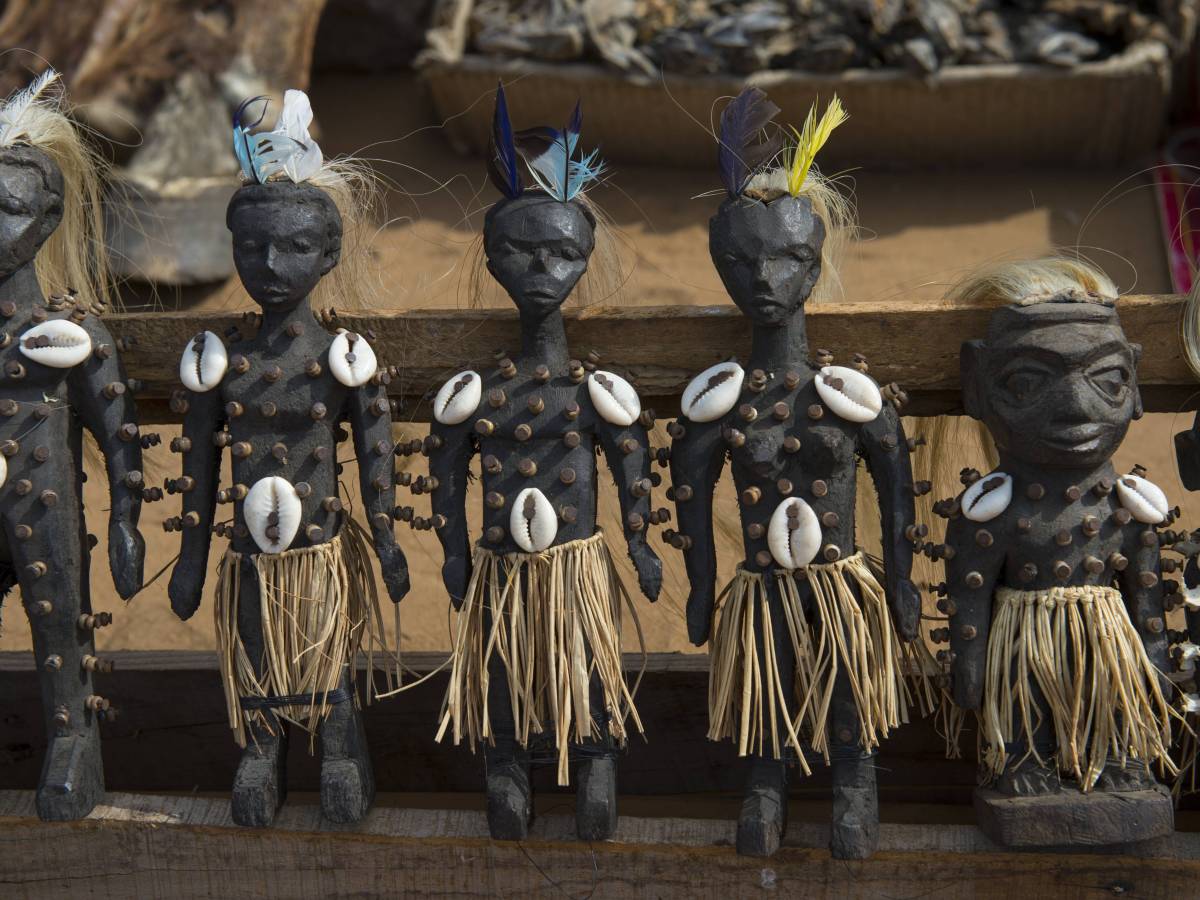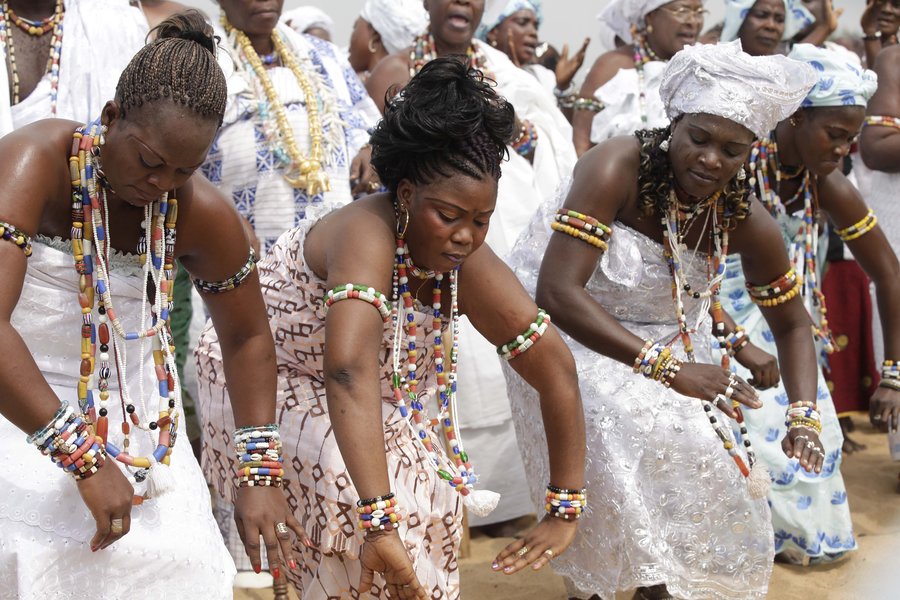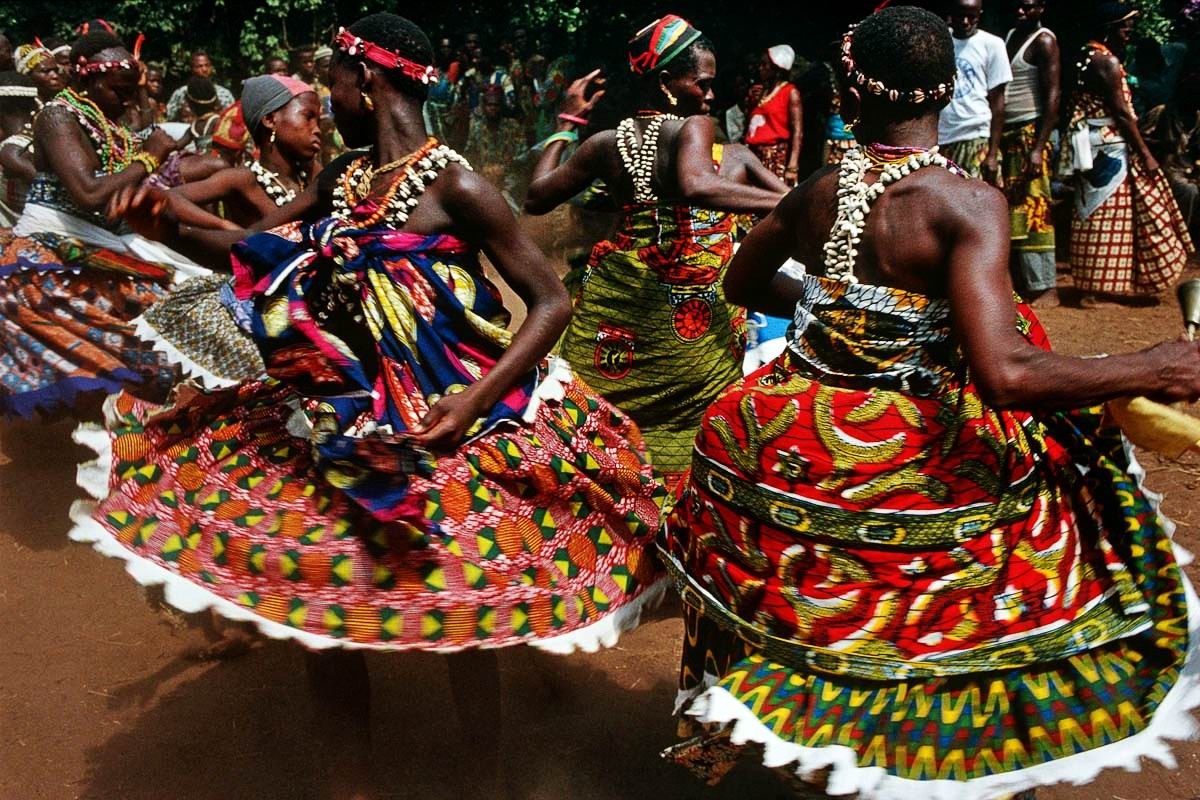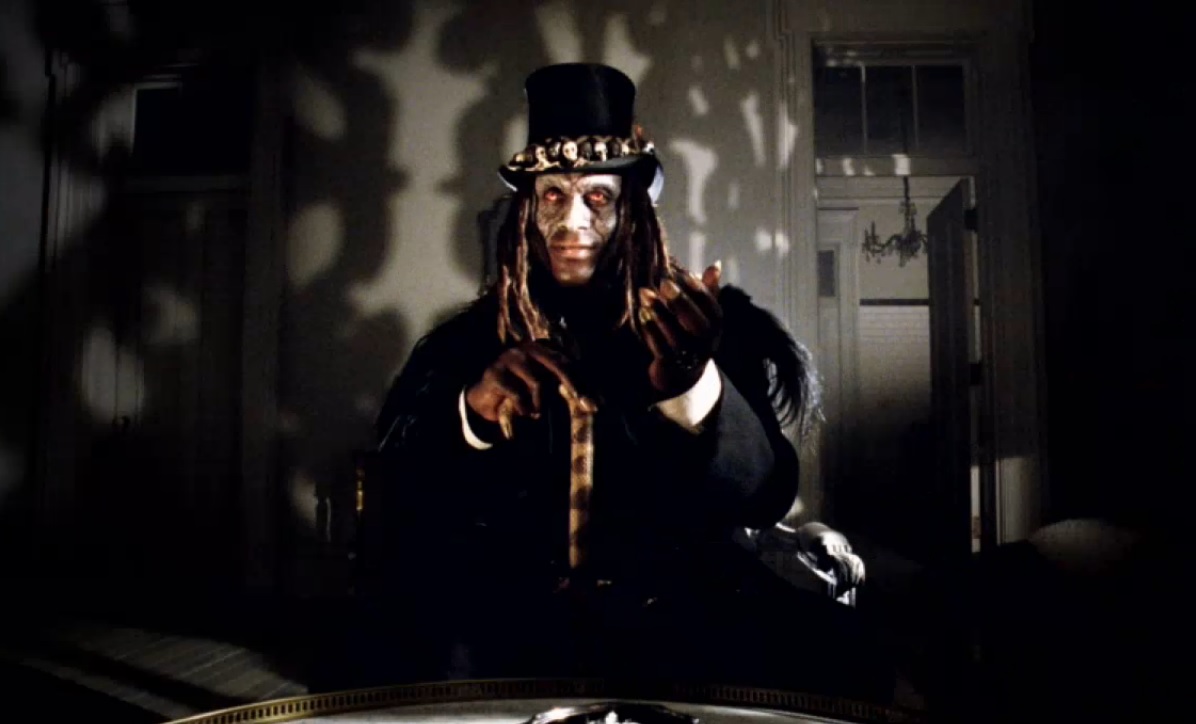Say the word voodoo and you might conjure up any number of images. The act has become so entrenched in the dark arts that many of us fail to look at it any closer, assuming that it is merely an act of evil. The history of voodoo, in fact, runs a whole lot deeper than you might have imagined, coming from rich spiritual origins. What we think we know is in fact only the tip of the iceberg and away from popular cliché and western representation, the reality is very different indeed.
One of the most diversified acts out there, voodoo has a history that spans both time and place, differing in practice according to where you look in the world. Generally speaking, voodoo is formed as a hierarchy, with the Bondye acting as the governing deity. Having lost interest in the world, Bondye searches for Ioa to carry out his practices, watching over the state of the world. These powerful spirits are believed to exist in many forms, from the animal through to the vegetable, enacting varying types of energy over the world. With every Ioa having a different level of benevolence, it is up to the practitioner of voodoo to find those that they want to use, enacting either darkness or light on their immediate world.
For many people, voodoo is more than just a belief system; it is a way of life, governing how they exist in the world. Followers of voodoo believe in an ingrained universal energy that goes beyond the physical, existing in the spirit and dream worlds. The soul is believed to be able to transcend its body, existing in multiple states. While other cultures view such possession states as evil, voodoo embraces these kinds of acts, inviting them in if they can.
Having been created in West Africa, it is this part of the world to which voodoo has its strongest ties. Local festivals, such as that of the Benin vodun festival, features animal sacrifice, traditional dance, bodily offerings and scenes of walking trances. To the outside eye, there might be a great deal of unexplained behaviour but to the followers of voodoo, the event is deeply spiritual and highly significant.
Since its creation, the practice of voodoo has moved to other corners of the world, going where the slave trade was being set up. In 1720, for example, voodoo sprung up in Haiti due to the import of African slaves. Having suffered immensely under the regimes, the African natives turned to voodoo as a way of finding a sense of home where they were and gain back a little of their control. The often dark forms with which we now associate voodoo came about from this period of pain and upheaval, helping to bolster the slaves who were shipped abroad against their will.
The practice still exists in Haiti, albeit in a somewhat different form. Ritualistic ceremonies enable locals to explore the darker side of their past while expressing hope towards a brighter future. The spirits are served through ritual ceremonies, honoring the unexplained and often mysterious forces that govern the world.
Over the course of the centuries and decades, voodoo has spread to other parts of the world, including the Caribbean, North America and South America. While its practice is hugely intricate, however, the practice has fallen victim to the media, having been sensationalized in a number of cinematic and televisual productions. Overlooking the intricate details, the media has focused instead on the bloodier, darker aspects of voodoo, giving little context into why certain events might have come about. Today, the practice is seen as a very much one dimensional thing, enacted merely to bring about pain.
Ultimately, however, voodoo is concerned with peace. Throughout its practice, it has been used as a way of helping practitioners to find comfort in their surroundings and eventually discover a place of wellbeing for the future. According to the belief system, in order to find the light you must first accept the dark and by balancing the two worlds at one time, you might be able to settle on some sort of comfort in the place around you.





